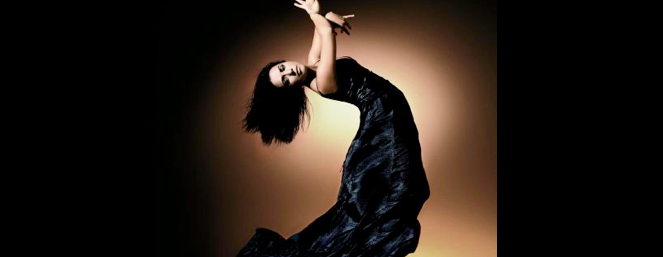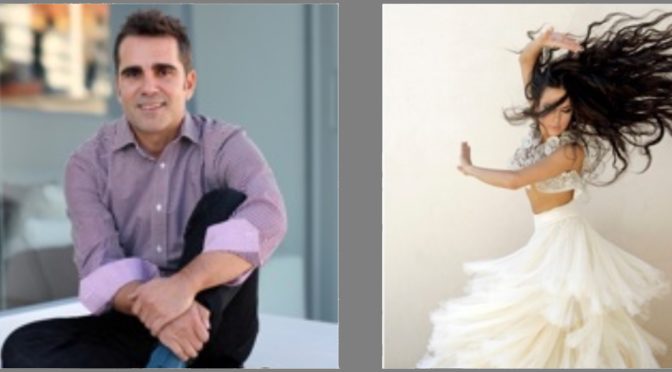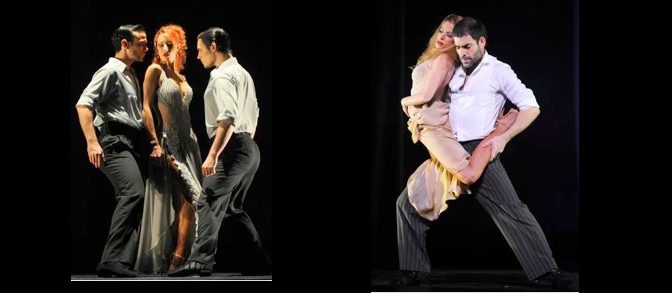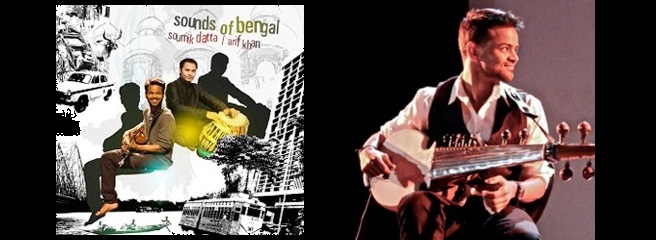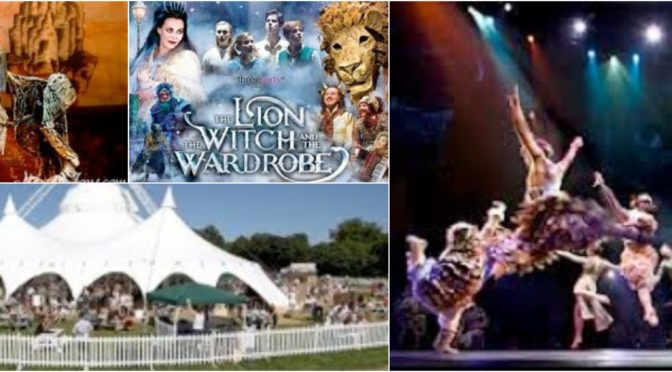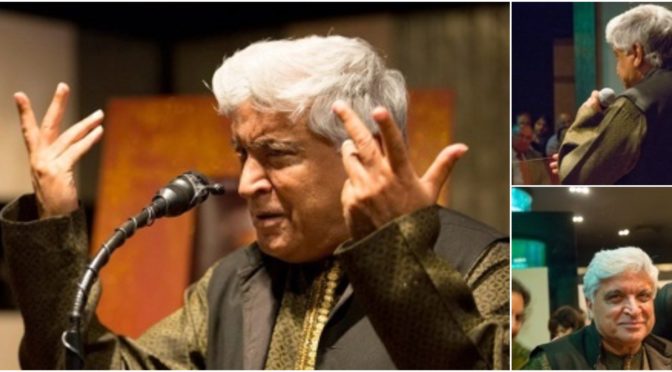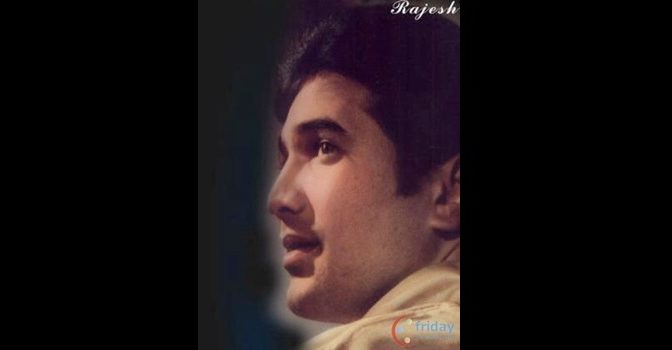On Friday 15th March London saw the opening of the 10th Flamenco Festival with the world premiere of !Ay! by Eva Yerbabuena. The Festival is back with an eclectic collection of the finest Flamenco performers who have made their mark over the past 9 years. The lineup this year includes names like Farraquito, Rocio Molina, Israel Galvin and the irrepressible Eva Yerbabuena who got the festival to a soaring start on the opening night.
Flamenco has evolved and developed over the years. A folk art form that has remarkably conserved an ancient heritage with its unmistakable rhythmic patterns and tones that mark its varied forms, has been able to accommodate contemporary tastes while being deeply rooted in spanish tradition. Flamenco is known for its emotional intensity, proud carriage, expressive use of the arms and rhythmic stamping of the feet. All these nuances of the dance and many more, to add ones own identifying and distinctive ownership, formed the core of Eva’s mesmerising performance. Above all of her technical brilliance, her emotional intensity doesn’t fail to touch your soul!
Eva’s first appearance on stage was an haunting image. Just one spot of light into which she walks in, clad in a black long flowing chiffon costume against a black backdrop in total silence.
As she steps forward the spot of light follows her to where she stops in the front corner. A man clad in black walks in right after and positions himself behind her. He is the “cantadore” who begins to sing the first cante. His very high pitched voice could make a glass filled up to it’s brim rumble and shake till the water spills out, the glass topples and smashes scattering glass around. To this voice eva starts rumbling her fingers faster and faster, the movement gradually moving up her arms and spreading through her body clearly depicting that something inside her, is frantically trying to shake her being to act, to create something beautiful yet transient, that will be missed once gone….a moment, a dream, a syllable…!!!
The show starts with this intensity and true to that first feeling the show pulls on right through to the end. It holds the audience’s rapt attention every second of its running time. The performance is divided in 6 sections all very differently choreographed, using various stage props, set to songs performed live on stage by three vocalists accompanied by three brilliant musicians. Paco Jarana on guitar is also the director of music for !Ay! and his work brings the real essence of Flamenco music. Each piece express a deep emotion and is the heart and soul of the performance together with Eva’s vigorous dance moves.
Eva’s level of energy is amazing. She dances nonstop in the piece, with the only break being a song in between. As she moves on from one act to the other she becomes even more fiery.Those sitting in the front rows have probably seen her expressive face muscles reacting with every move of her body and her glowing eyes. All this together created the vibrance that reached the last row in the topmost corner of the auditorium. At the end the performance was applauded with a standing ovation from the audience, as a homage to one of the leading flamenco exponents of the world.
Protima Chatterjee

